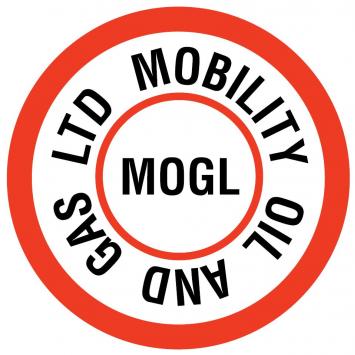
Course Objectives
Participants will get a full understanding and appreciation of the different types of velocity and corresponding methods for their measurement, especially interval velocities and their relationship with rock properties and prestack depth migration. They will become familiar with the different methods of migration and their subsequent implementation. They will be able to judge the strong and weak points of each algorithm and they can select their proper parameters. They can select and apply the method that is most appropriate for velocity model building based on the data, pre-processing results, geological information and stated objectives.
Who Should Attend
Geophysicists – processing and interpretation –, geologists, and petrophysicists who need to understand how the various types of velocity information can be derived from seismic data and who need to understand how subsurface images are generated.
As the material covers all theory in association with present day practicalities made possible by new developments, this course is relevant for those who are fresh from the university as well for those who like to be updated on the newest developments.
Course Content
Introduction
1. Developments in seismic data acquisition and their impact on processing
2. Stress-strain relationships, elastic constants and rock physics
3. The wave equation, acoustic and elastic
4. Overview of seismic data processing practice
Velocity analysis, stacking and stacking velocities
1. Definitions of various types of velocity
2. Traveltime expressions for paraxial rays
3. Velocities and wavefront curvatures
4. Expressions for azimuth dependent stacking velocities
5. Stacking velocity analysis: CVG, CVS, and Semblance
6. NMO stretch
7. The common-reflection-surface (CRS) stack
8. Analytical time-depth relationships
Anisotropy
1. Introduction and definition of anisotropy
2. The stress tensor, the Voigt notation and symmetries
3. Plane wave solutions and the Christoffel equations
4. Phase velocity and group velocity
5. Relationship between Wave surface and Slowness surface
6. Reflection and transmission in anisotropic media
7. Shear-wave splitting
8. Vertical Transverse Isotropy (VTI)
9. Horizontal Transverse Isotropy (HTI) and azimuthal anisotropy
10. Anisotropy from seismic survey design and processing
Migration: principles and algorithms
1. Geometric approach to migration
2. Examples
3. Resolution before and after migration
4. Aliasing
5. Definition of time migration and depth migration
6. Wavefield extrapolation
7. The imaging conditions
8. Shot profile migration and survey sinking migration
9. Extended imaging conditions
10. Migration algorithms in the (k,f)-domain:
(k,f)-migration
Phase-shift migration, Phase-shift-plus-interpolation migration, Split-step-Fourier migration
11. The Kirchhoff integral, the Rayleigh integral and Green’s functions
12. Kirchhoff (= summation or diffraction stack) migration
13. Migration by double focused array synthesis
14. Gaussian beam migration
15. Reverse time migration – RTM
16. Migration and demigration
DMO (dip moveout) and PSI (pre-stack imaging)
1. Definition, effects and objective
2. The DMO equation and DMO impulse response
3. 3D DMO
4. PSI (pre-stack imaging): principle and equations
5. DMO and velocity analysis
6. AMO: azimuth moveout
Velocity model building and updating
1. Minimal data sets and common image gathers – CIG’s
2. Iterative velocity model building with CIG’s
3. The migration conditions
4. Migration and traveltime inversion
5. Migration and demigration
6. Normal incidence wavefront curvature and stacking velocity
7. Velocity model parameterization
8. Velocity model building methods:
coherency inversion or model based stack
map migration
dynamic map migration (DMM) or curvature inversion
stereotomography
traveltime inversion (TTI)
traveltime inversion in the migrated domain (TIMD)
common focus panel (CFP) analysis
tomographic velocity model building
depth focusing analysis (DFA)
WEMVA (wave equation migration velocity analysis)
differential semblance optimization (DSO)
full waveform inversion (FWI)
VSP seismic
1. VSP acquisition geometries
2. The processing sequence for VSP data:
Wavefield decomposition
Deconvolution
Migration
Case studies – Examples
. Tomography
. Full wave inversion
. Velocity model building
. Parametric velocity estimation
![[ad-side]](http://www.crewing24.com/ad_images/83_banner.jpg)
![[ad-side]](http://www.crewing24.com/ad_images/91_banner.png)
![[ad-side]](http://www.crewing24.com/ad_images/107_banner.jpg)
![[ad-side]](http://www.crewing24.com/ad_images/106_banner.jpg)
![[ad-side]](http://www.crewing24.com/ad_images/82_banner.jpg)
![[ad-side]](http://www.crewing24.com/ad_images/85_banner.jpg)
![[ad-side]](http://www.crewing24.com/ad_images/79_banner.jpg)
![[ad-side]](http://www.crewing24.com/ad_images/87_banner.png)
![[ad-side]](http://www.crewing24.com/ad_images/86_banner.png)
![[ad-side]](http://www.crewing24.com/ad_images/48_banner.jpg)